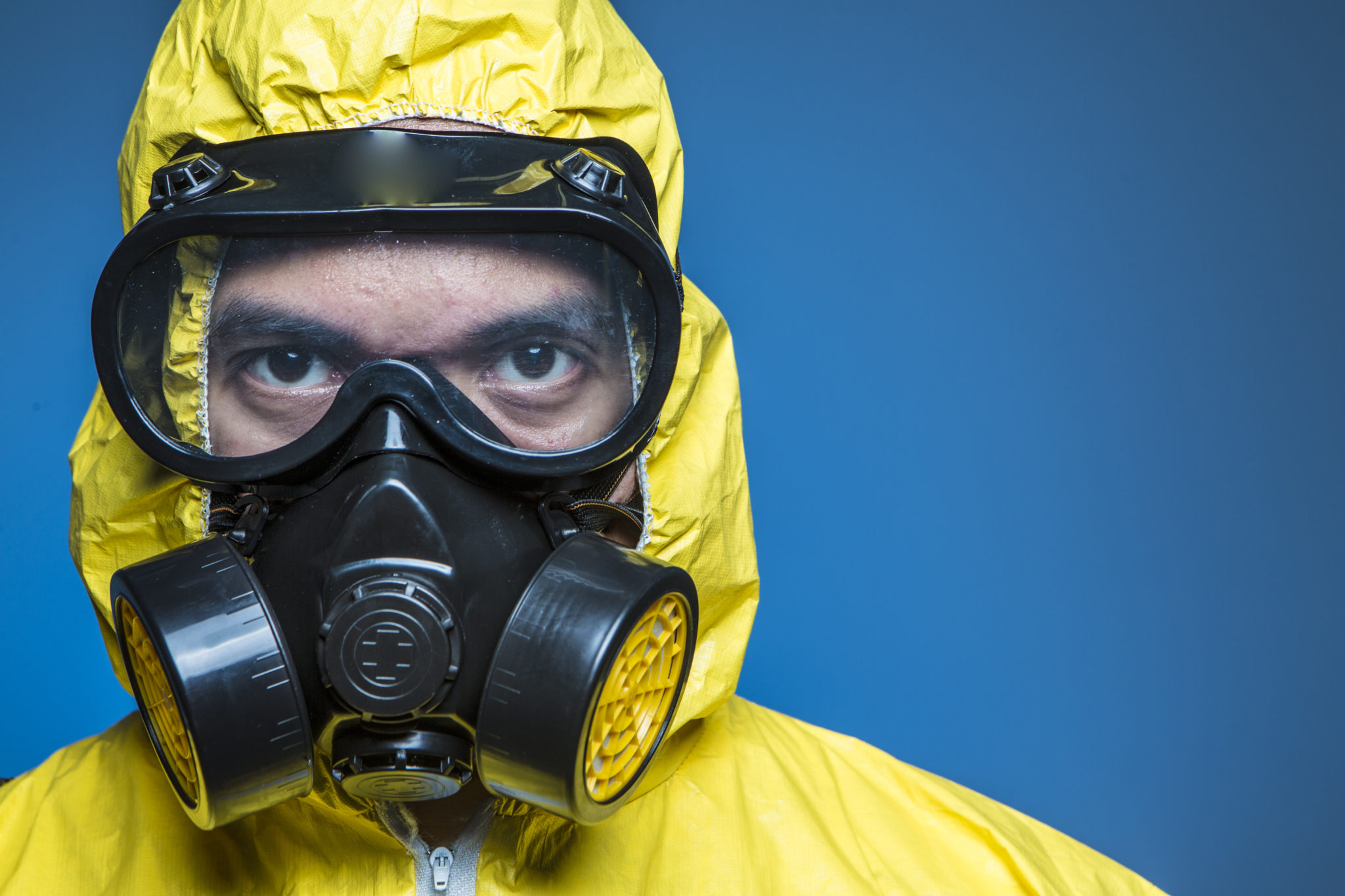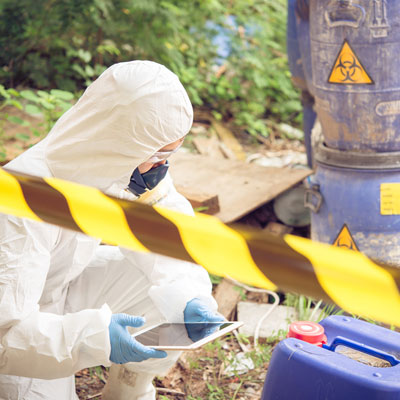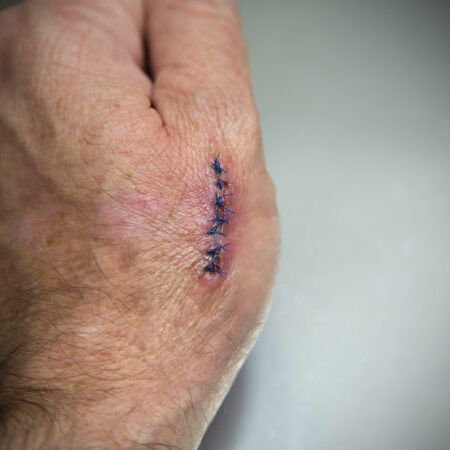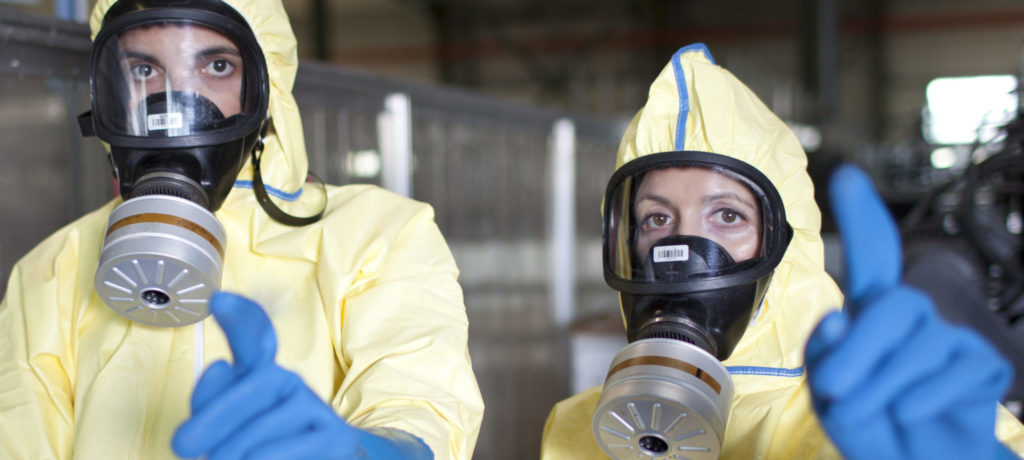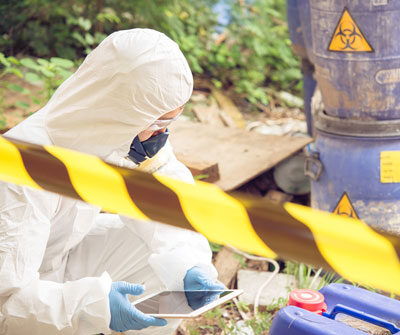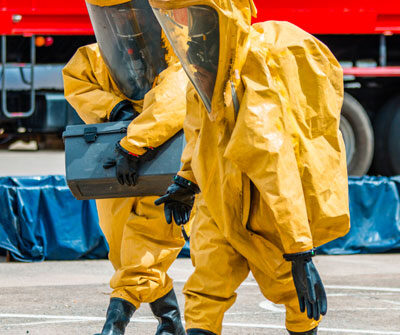During any traumatic incident like an accident or homicide, blood is commonly found at the scene. Plasma often comprises harmful germs like bacteria or virus which spreads disease easily. If you ever come across such encounters, you should call for a certified professional to ensure that the scene is safely cleaned up and disinfected.
Modes of Transmission
It is crucial to be aware of the ways transmission and exposure are most likely to occur in critical situations, be it giving first aid to a kid in the school, dealing with blood samples in laboratories or wiping the blood from a doorway.
- HIV and HBV are transmitted through:
- Sharing of hypodermic needles
- Contact between broken or damaged skin and infected body fluids
- From mothers to their babies at/before birth
- Sexual Contact
- Contact between mucous membranes and infected body fluids
- An accidental puncture from contaminated needles, broken glass, or other sharps
Bloodborne pathogens like HIV and HBV can transmit through communication with infected human blood and other potentially contaminated body fluids such as:
- Cerebrospinal fluid
- Peritoneal fluid
- Synovial fluid
- Amniotic fluid
- Pleural fluid
- Saliva (in dental procedures),
- Vaginal secretions and
- Any bodily fluid that is visibly contaminated with blood.
- Semen
In laboratory situations or work conditions, channeling is mostly because of accidental puncture from infected needles, broken glass, other sharps; contact between damaged or broken skin and contaminated body fluid. This also happens when mucous membranes and infected body fluids come in contact with each other.
For example, if someone who has HBV cut a finger on a piece of sharp glass, and then you cut yourself on the now infected sharp glass, it is probable you would contract the same disease. Whenever there is blood to blood contact with contaminated body fluids or blood, there are slight chances of transmission.
Undamaged skin forms an impregnable obstacle against bloodborne pathogens. However, contaminated blood might enter your body through:
- Cuts
- Acne
- Abrasions
- Open sores
- Any broken skin such as blisters or sunburn
- Bloodborne pathogens can get transmitted through the mucous linings of the Mouth/Nose/Eyes
To reduce or eliminate the dangers of occupational exposure to bloodborne pathogens, it is essential that an employer puts into effect an exposure control plan with protection measures. The program should describe how a workplace or employer will ensure proper training, medical training, vaccinations when available, appropriate labels for hazardous materials, and the use of personal protective equipment (PPE).
Personal protective equipment includes the use of any or all of the following: shoe covers, gown, hairnet, safety mask and face shield, gloves, absorbable pads, and red biohazard bags for hazardous materials. For a person to protect themselves, it is essential to have a barrier between them and the potentially infectious material.
Standard precautions that will be taken when providing care should include:
- Correctly using personal protective equipment like disposable gloves, eye protection, foot coverings, gowns, and breathing barriers
- Avoiding contact with blood and other bodily fluids
- Disposing of sharps in designated sharps containers
- Being careful to avoid touching your eyes, nose, and mouth while or after providing care or when exposed to potentially infectious materials is possible.
- Making use of safer equipment like self-sheathing needles, needle-less syringes or engineered sharps to lessen the risk of needle sticks
- Carefully cleaning and disinfecting all potentially contaminated work surfaces and equipment after each use.
- If an exposure incident does occur, it is important to immediately clean and sanitize the area of contact, write down what happened, and notify proper personnel before seeking immediate medical attention.

